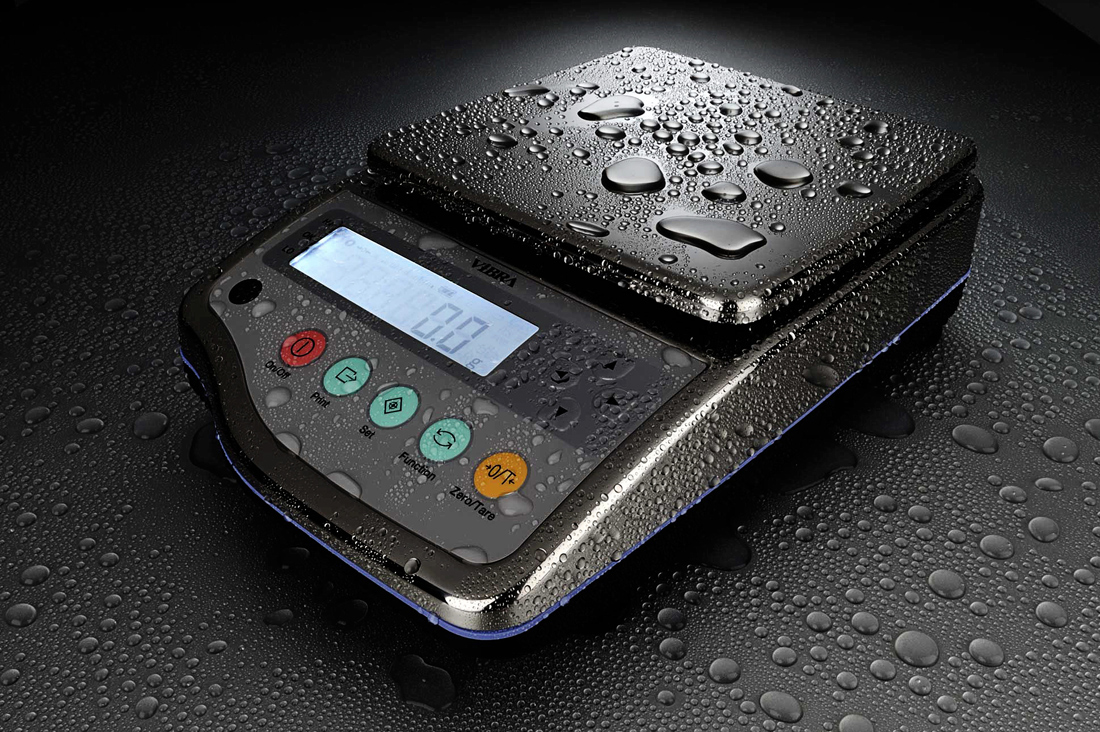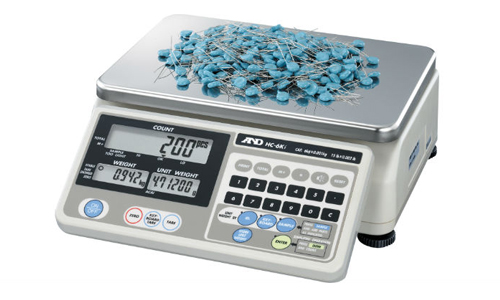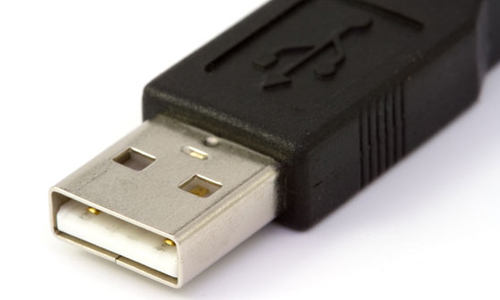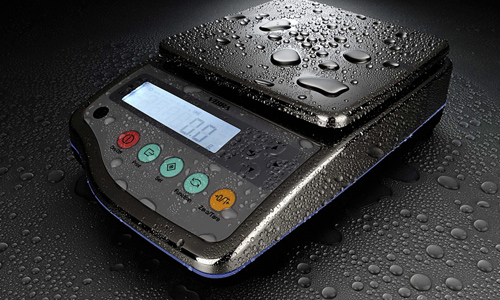5 Features You Should Look For In A Portable Balance Scale
-
 By
Solent Scales
By
Solent Scales
- 1 Oct 2021
- 0 Comments

If you’re searching for a Portable Balance Scale for your facility or business, then you’re probably wondering which features and accessories you need in order to get the job done. Portable Balance Scales come in a number of different formats, each with special features and accessories that you may or may not need.
So here are 5 features that you need to look out for in Portable Balance Scales in order to get the best value and use out of your purchase.
-
Adaptable Power.
The whole purpose of a Portable Balance Scale is having the ability to move the balance to where it needs to be when it needs to be there. Having your scales stuck in one spot because it needs to be plugged into the wall is a fast road to frustration with the purchase (and purchaser). Ensure that when you purchase a portable balance scale, it has loads of options on how to power it. Most notable, battery and mains power; you want to be able to plug it in and not worry about the batteries when you need, as well as take it away from power (or into the field) and have it last for plenty of time. If available, look for a system that has replaceable batteries. Replaceable batteries can save a lot of time waiting for scales to charge, and can be a huge money saver if a battery breaks. Internal battery failures are much harder and more expensive to replace.
-
Connectivity
It may not be a priority right now but at some point in the future, you’re more than likely going to need to connect your portable balance scales to another device. This could be a computer, another balance, an indicator, etc. If the scales is to be used in the field regularly, there may be occasions where the scales need to connected to a third party’s devices.
Ensuring that you have good versatility and connections from the beginning will save money and time down the line, when you need to branch out and connect to other devices. Common connectivity to look for is USB (for connection to computers and other standard devices), RS232 (for raw data output), Ethernet (for networked access) and other more specialist connections such as Bluetooth.
-
Overload protection
The usage of a portable balance scale is often in a busy environment, where speed and accuracy are both equally important. As such, accidents can happen and devices can get broken. One way that scales often get broken is through overload, where an overweight load is placed on the pan, causing damage. A portable balance scale with overload protection is a designed to not break should a weight be place on it that’s too heavy. This allows a little peace of mind throughout operation and will reduce long term repair / replacement costs.
-
RF Protection
Many working environment are noisy places, and in more ways than you might realise. RF or Radio Frequencies are all around us and are particularly prevalent in areas with lots of machinery, high voltage electricity or mobile phones. These electromagnetic frequencies can interfere with an electronic device’s function and cause malfunction. If the portable balance is going to be used in “noisy” environments, then you may want to look into getting a portable balance scale with adequate RF shielding.
-
Variable Units
It’s easy to get wrapped up in Grams and Kilos when thinking about scales, but in the field or in a busy working environment, it’s not always possible to use SI units. Adaptability is a key feature needed in field and variable units goes a way to achieving that. A feature that your business may need in scales is the ability to change the units, quickly and easily. Look for a portable balance that supports metric and imperial measurements, but also look for the ability to measure density, newtons and other less common units.








